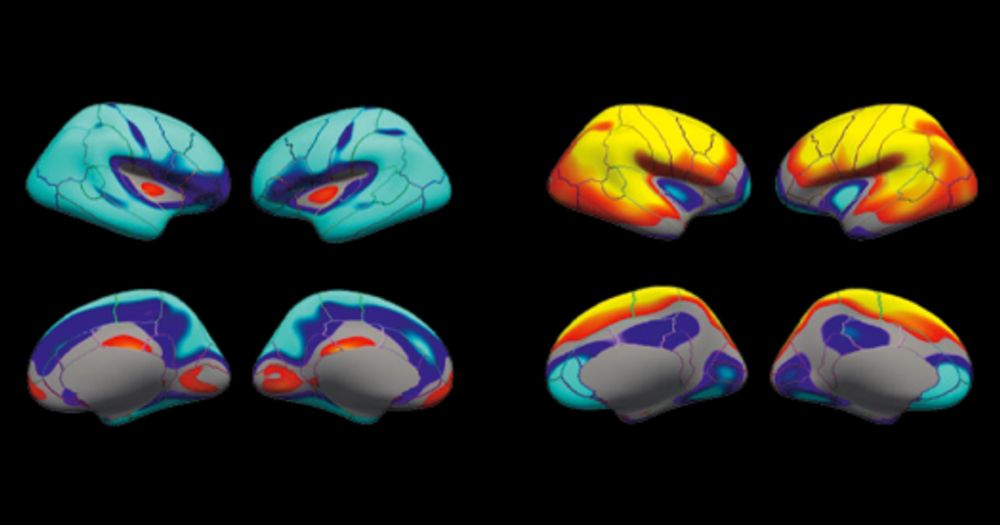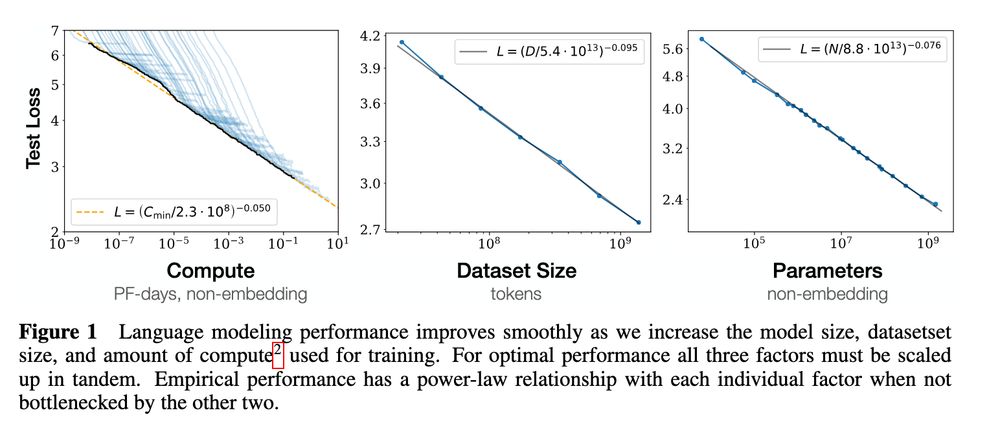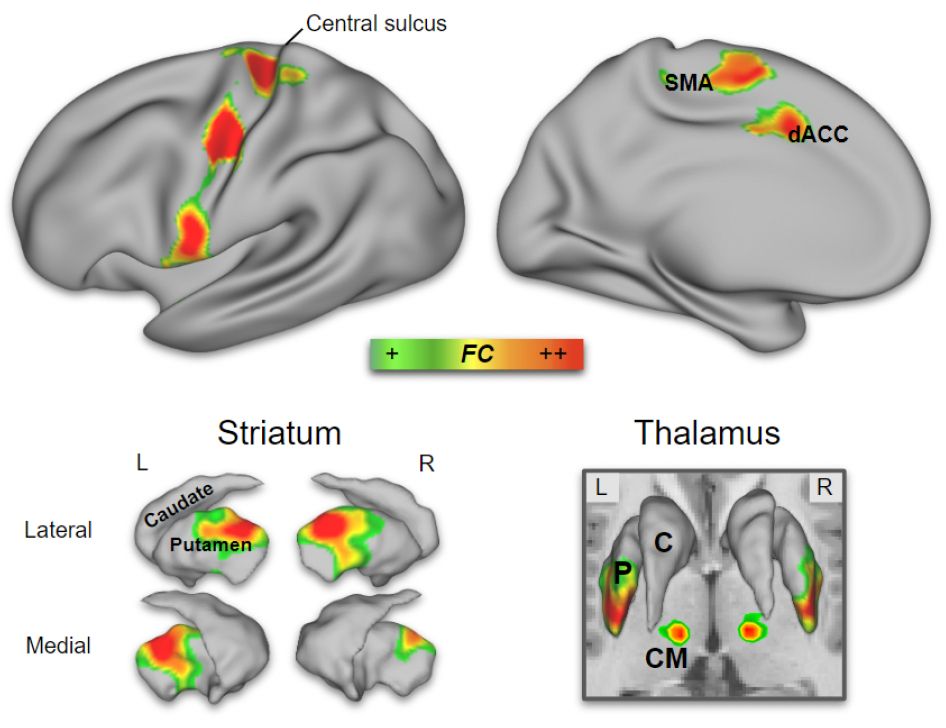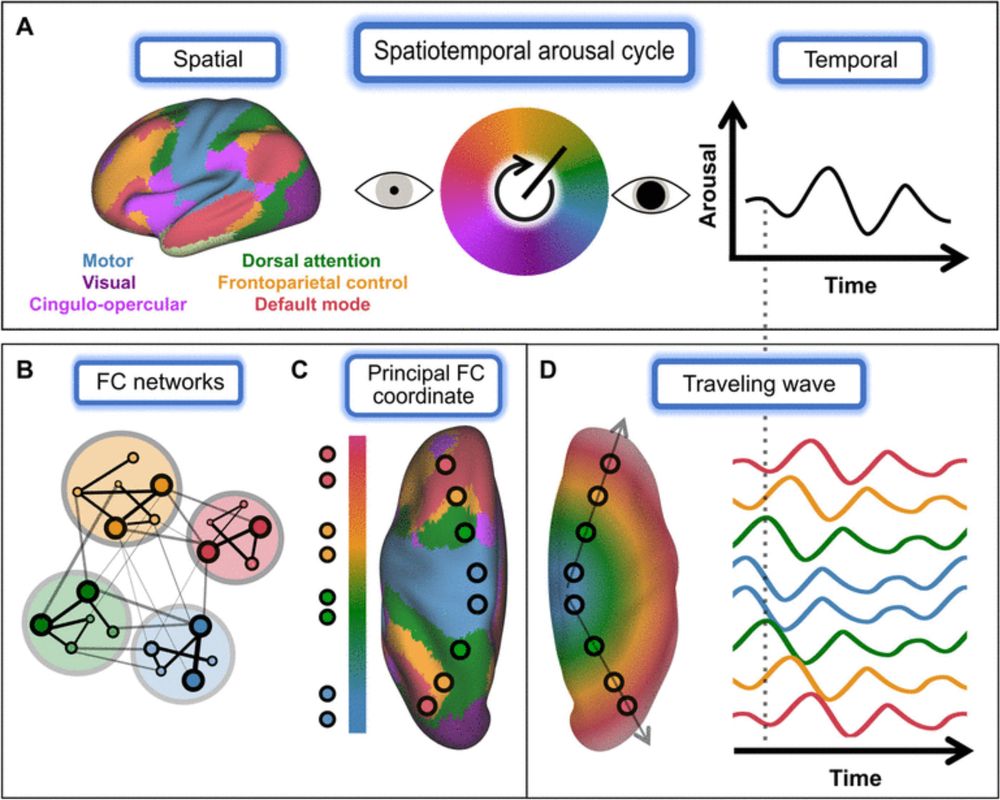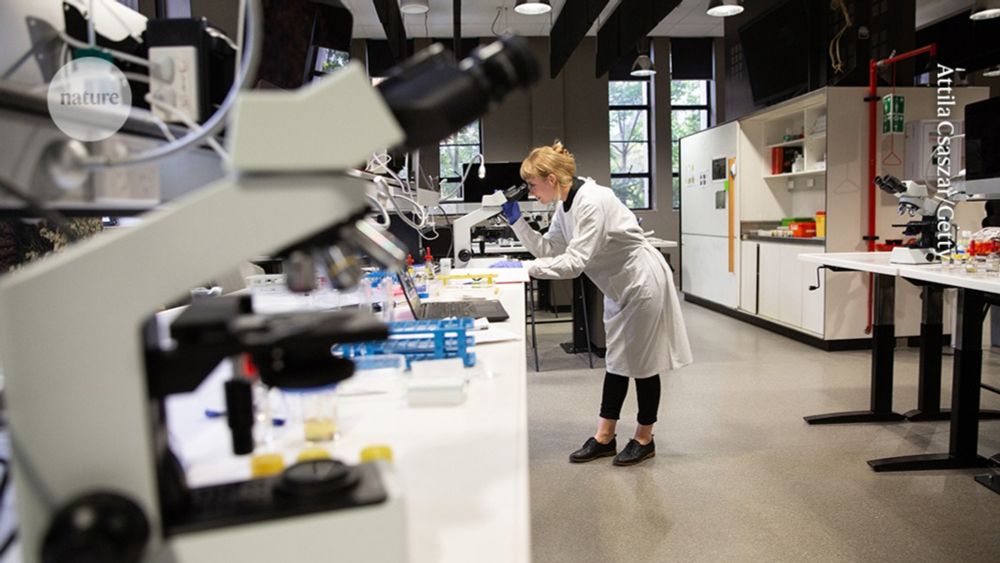Benjamin Kay
@benjaminkay.bsky.social
180 followers
210 following
33 posts
Neuroscientist, statistician, programmer, and dad in St. Louis, Missouri
Posts
Media
Videos
Starter Packs
Reposted by Benjamin Kay
Benjamin Kay
@benjaminkay.bsky.social
· May 28
Benjamin Kay
@benjaminkay.bsky.social
· May 24
Benjamin Kay
@benjaminkay.bsky.social
· May 24
Benjamin Kay
@benjaminkay.bsky.social
· May 24
Benjamin Kay
@benjaminkay.bsky.social
· May 24
Benjamin Kay
@benjaminkay.bsky.social
· May 24
Benjamin Kay
@benjaminkay.bsky.social
· May 23
Benjamin Kay
@benjaminkay.bsky.social
· May 23
Benjamin Kay
@benjaminkay.bsky.social
· May 23
Benjamin Kay
@benjaminkay.bsky.social
· May 23








